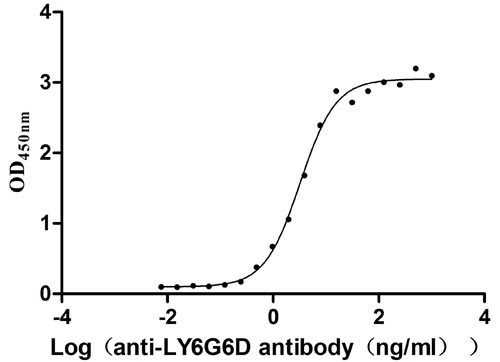Recombinant Human Sodium channel regulatory subunit beta-1 (SCN1B)
-
中文名稱:
-
貨號:CSB-YP020835HU
-
規格:
-
來源:Yeast
-
其他:
-
中文名稱:
-
貨號:CSB-EP020835HU
-
規格:
-
來源:E.coli
-
其他:
-
中文名稱:
-
貨號:CSB-EP020835HU-B
-
規格:
-
來源:E.coli
-
共軛:Avi-tag Biotinylated
E. coli biotin ligase (BirA) is highly specific in covalently attaching biotin to the 15 amino acid AviTag peptide. This recombinant protein was biotinylated in vivo by AviTag-BirA technology, which method is BriA catalyzes amide linkage between the biotin and the specific lysine of the AviTag.
-
其他:
-
中文名稱:
-
貨號:CSB-BP020835HU
-
規格:
-
來源:Baculovirus
-
其他:
-
中文名稱:
-
貨號:CSB-MP020835HU
-
規格:
-
來源:Mammalian cell
-
其他:
產品詳情
-
純度:>85% (SDS-PAGE)
-
基因名:SCN1B
-
Uniprot No.:
-
別名:Sodium channel regulatory subunit beta-1 SCN1B
-
種屬:Homo sapiens (Human)
-
蛋白標簽:Tag?type?will?be?determined?during?the?manufacturing?process.
The tag type will be determined during production process. If you have specified tag type, please tell us and we will develop the specified tag preferentially. -
產品提供形式:Liquid or Lyophilized powder
Note: We will preferentially ship the format that we have in stock, however, if you have any special requirement for the format, please remark your requirement when placing the order, we will prepare according to your demand. -
復溶:We recommend that this vial be briefly centrifuged prior to opening to bring the contents to the bottom. Please reconstitute protein in deionized sterile water to a concentration of 0.1-1.0 mg/mL.We recommend to add 5-50% of glycerol (final concentration) and aliquot for long-term storage at -20℃/-80℃. Our default final concentration of glycerol is 50%. Customers could use it as reference.
-
儲存條件:Store at -20°C/-80°C upon receipt, aliquoting is necessary for mutiple use. Avoid repeated freeze-thaw cycles.
-
保質期:The shelf life is related to many factors, storage state, buffer ingredients, storage temperature and the stability of the protein itself.
Generally, the shelf life of liquid form is 6 months at -20°C/-80°C. The shelf life of lyophilized form is 12 months at -20°C/-80°C. -
貨期:Delivery time may differ from different purchasing way or location, please kindly consult your local distributors for specific delivery time.Note: All of our proteins are default shipped with normal blue ice packs, if you request to ship with dry ice, please communicate with us in advance and extra fees will be charged.
-
注意事項:Repeated freezing and thawing is not recommended. Store working aliquots at 4°C for up to one week.
-
Datasheet :Please contact us to get it.
相關產品
靶點詳情
-
功能:Regulatory subunit of multiple voltage-gated sodium channel complexes that play important roles in excitable membranes in brain, heart and skeletal muscle. Enhances the presence of the pore-forming alpha subunit at the cell surface and modulates channel gating characteristics and the rate of channel inactivation. Modulates the activity of multiple pore-forming alpha subunits, such as SCN1A, SCN2A, SCN3A, SCN4A, SCN5A and SCN10A.; Cell adhesion molecule that plays a critical role in neuronal migration and pathfinding during brain development. Stimulates neurite outgrowth. Has no regulatory function on the SCN2A sodium channel complex.
-
基因功能參考文獻:
- we confirm the recessive inheritance of 2 novel SCN1B mutations in 5 children from 3 families with developmental epileptic encephalopathy. The recessive inheritance and early death in these patients is consistent with the Dravet-like phenotype observed in Scn1b(-/-) mice. PMID: 28218389
- This report provides the first genetic evidence of SCN1B mutation causing the Benign Familial Infantile Epilepsy (BFIE) phenotype. PMID: 28566192
- Contribution of Cardiac Sodium Channel beta-Subunit Variants to Brugada Syndrome. PMID: 26179811
- SCN1B gene mutations that reduce sodium channel current may provide a mechanistic link between Atrioventricular nodal reentrant tachycardia and Brugada syndrome and predispose to expression of both phenotypes. PMID: 25998140
- In a nonreferred nationwide Danish cohort of SIDS cases, up to 5/66 (7.5%) of SIDS cases can be explained by genetic variants in the sodium channel complex genes. PMID: 25757662
- We also identified an SCN1B T189M variant in 2 probands with lone AF and in 1 of 250 control subjects. PMID: 26129877
- Study showed that the human SCN1B C121W epilepsy mutation leads to decreased axon initial segments expression of SCN1B in heterozygous CW mice and a complete lack of SCN1B in homozygous WW mice PMID: 25421039
- data revealed SCN1Bb as a susceptibility gene responsible for LQTS PMID: 24662403
- High SCN1B expression is associated with increased tumour growth and metastasis in breast cancer. PMID: 24729314
- Hippocampal networks of a NaV beta1 transgenic mouse model of genetic epilepsy show enhanced excitability. PMID: 24605816
- experimental data indicate that sodium channel voltage-gated type I beta subunit (Navbeta1b)/H162P results in reduced sodium channel activity functionally affecting the ventricular action potential. PMID: 24561865
- SCN1B mutation is not a common cause of Dravet syndrome. PMID: 23182416
- results suggest that R214Q variation in SCN1Bb is a functional polymorphism that may serve as a modifier of the substrate responsible for Brugada syndrome or SIDS phenotypes PMID: 22155597
- Our study supports the association of SCN1Bb with BrS. PMID: 22284586
- A novel seizure-causing mechanism is suggested for NaV1.2beta1 in patients harboring mutant C121W subunit: increased channel excitability at elevated temperature. PMID: 22292491
- SCN1B is the gene responsible in one out of six Tunisian families with febrile seizures (FS) that may contribute susceptibility for the five others. PMID: 21040232
- This study demonstrated that SCN1B may not be related to the occurrence of benign partial epilepsy in infancy or convulsions with gastroenteritis. PMID: 21882141
- The results suggested that beta1B p.G257R may contribute to epilepsy through a mechanism that includes intracellular retention resulting in aberrant neuronal pathfinding. PMID: 21994374
- Enhanced tubulin polymerization reduces sarcolemmal Na(v)1.5 expression and I(Na) amplitude in a beta1-subunit-independent fashion and causes I(Na) fast and slow inactivation impairment in a beta1-subunit-dependent way PMID: 19861310
- The IVS3+ 2996(TTA)8 allele in SCN1B commonly seen in Japanese would not be pathogenic itself but may render male, middle-aged Japanese more susceptible to Brugada syndrome PMID: 20137763
- Mutation of the sodium channel subunit SCN1B linked again to generalized epilepsy with febrile seizures PMID: 12011299
- Functional and biochemical analysis of a sodium channel beta1 subunit mutation responsible for generalized epilepsy with febrile seizures plus type 1. PMID: 12486163
- the expression of NaCh beta1 subunit protein in astrocytes is plastic, and indicate a novel mechanism for modulation of glial function in gliosis-associated pathologies. PMID: 12677453
- The IVS2-2A>C transition deletes AA 70-74 in the central hydrophobic core of the extracellular Ig domain, disrupting the hydrophobic interaction in the Ig-like fold & proper [beta]1 folding & causing a persistent inward Na+ current & hyperexcitability. PMID: 14504340
- identification and characterization of a novel splicing variant; functional studies in oocytes demonstrate that the beta1B subunit increases the ionic current when coexpressed with the tetrodotoxin sensitive channel, NaV1.2 PMID: 14622265
- Although data suggest that SCN1B activity does not directly influence membrane potential, intracellular Ca(2+) release, or proliferation in normal human pulmonary artery smooth muscle cells, its physiological functions remain unresolved. PMID: 16052353
- Use of these Na+ channel models in simple neuron models revealed that both mutations(R85C, R85H) cause an increase in excitability but the R85H mutation was more excitable. PMID: 17604911
- In summary, the mutant beta1 subunits essentially fail to modulate alpha subunits which could increase neuronal excitability and underlie GEFS+ pathogenesis. PMID: 17629415
- This suggests that mutations in the SCN1B gene is not a prevalent cause of familial cases of FS and epilepsy or GEFS+ in Scandinavia. PMID: 17927801
- SCN1B mutations were not found to directly cause long QT syndrome. PMID: 18052691
- In patient with epilepsy were carried the mutation (C121W) of SCN1B. PMID: 18093548
- Febrile Seizure is not related to the most common mutations of SCN1B in two Tunisian families PMID: 18175077
- SCN1B may have a role in human arrhythmia susceptibility PMID: 18464934
- The data of this study suggested that SCN1B p.R125C is an autosomal recessive cause of Dravet syndrome through functional gene inactivation. PMID: 19710327
- Loss of function mutations in sodium channel beta-subunits were identified in patients with atrial fibrillation and were associated with a distinctive ECG phenotype PMID: 19808477
顯示更多
收起更多
-
相關疾病:Generalized epilepsy with febrile seizures plus 1 (GEFS+1); Brugada syndrome 5 (BRGDA5); Atrial fibrillation, familial, 13 (ATFB13); Epileptic encephalopathy, early infantile, 52 (EIEE52)
-
亞細胞定位:[Isoform 1]: Cell membrane; Single-pass type I membrane protein. Perikaryon. Cell projection. Cell projection, axon.; [Isoform 2]: Perikaryon. Cell projection. Secreted.
-
蛋白家族:Sodium channel auxiliary subunit SCN1B (TC 8.A.17) family
-
組織特異性:The overall expression of isoform 1 and isoform 2 is very similar. Isoform 1 is abundantly expressed in skeletal muscle, heart and brain. Isoform 2 is highly expressed in brain and skeletal muscle and present at a very low level in heart, placenta, lung,
-
數據庫鏈接:
Most popular with customers
-
Recombinant Human UL16-binding protein 1 (ULBP1) (Active)
Express system: Mammalian cell
Species: Homo sapiens (Human)
-
Recombinant Human Tumor necrosis factor ligand superfamily member 8 (TNFSF8), partial (Active)
Express system: Mammalian cell
Species: Homo sapiens (Human)
-
Recombinant Mouse GDNF family receptor alpha-like (Gfral), partial (Active)
Express system: Mammalian cell
Species: Mus musculus (Mouse)
-
Recombinant Rabbit Tissue factor pathway inhibitor (TFPI) (Active)
Express system: Mammalian cell
Species: Oryctolagus cuniculus (Rabbit)
-
Recombinant Human Tissue factor pathway inhibitor (TFPI), partial (Active)
Express system: Mammalian cell
Species: Homo sapiens (Human)
-
Recombinant Macaca fascicularis Claudin 18.2 (CLDN18.2)-VLPs (Active)
Express system: Mammalian cell
Species: Macaca fascicularis (Crab-eating macaque) (Cynomolgus monkey)
-
Recombinant Human Claudin-6 (CLDN6)-VLPs (Active)
Express system: Mammalian cell
Species: Homo sapiens (Human)
-
Recombinant Human Lymphocyte antigen 6 complex locus protein G6d (LY6G6D) (Active)
Express system: Yeast
Species: Homo sapiens (Human)


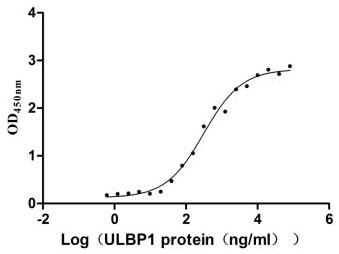
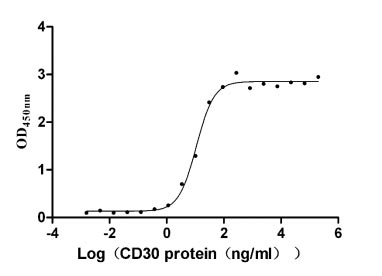
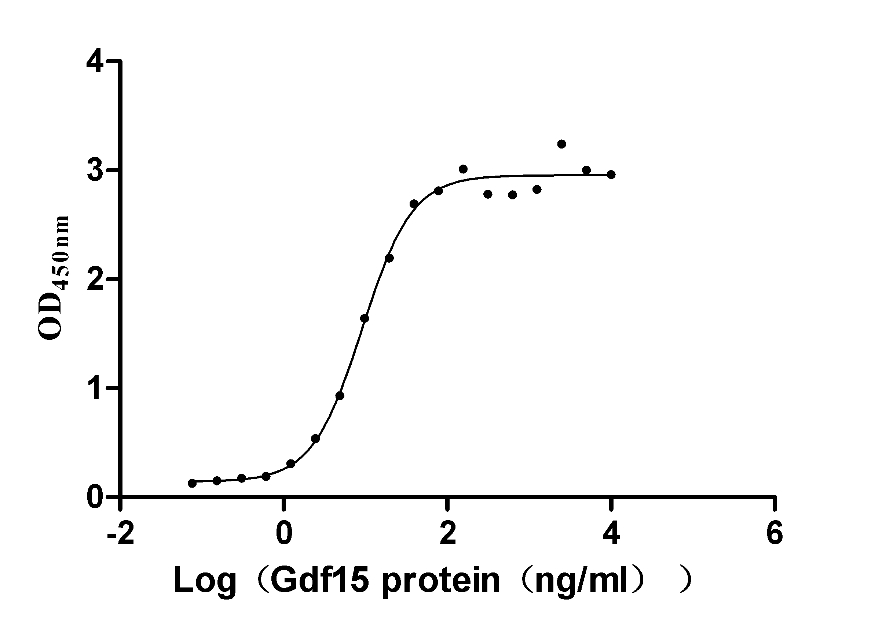
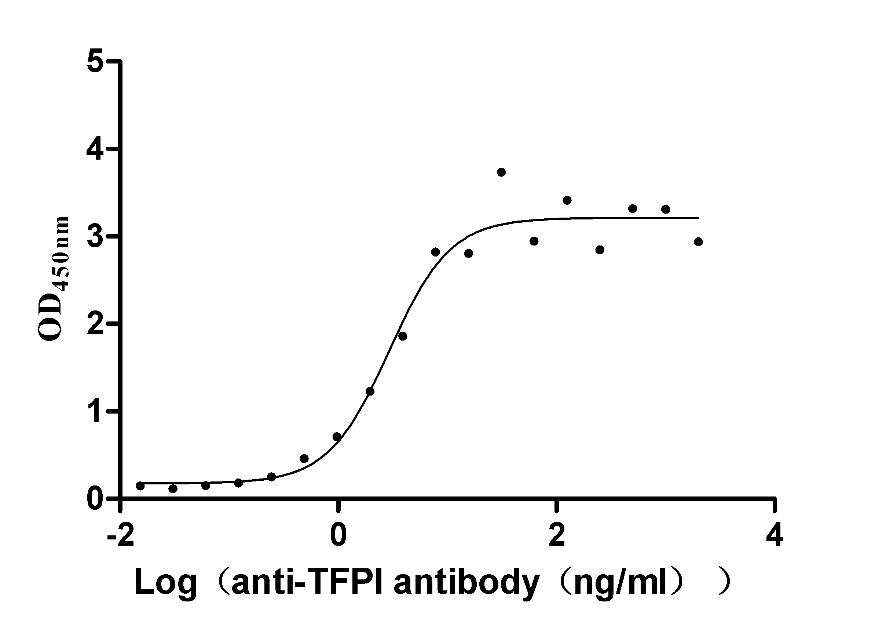
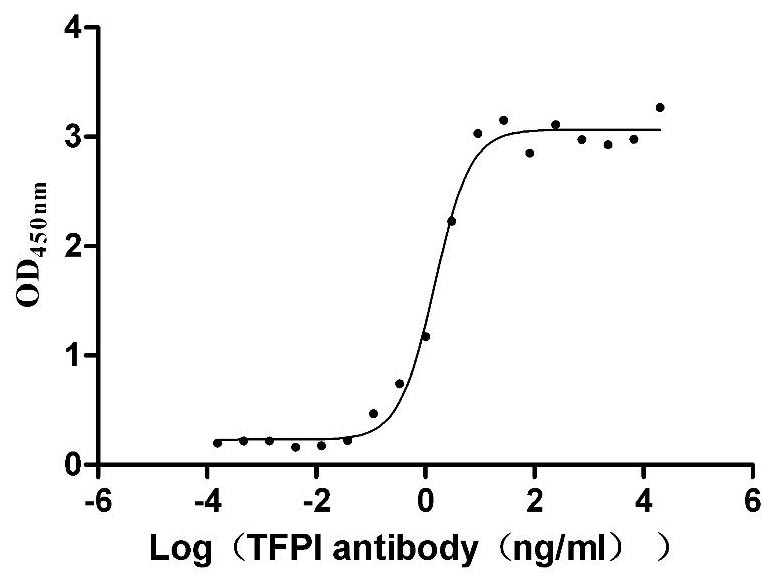
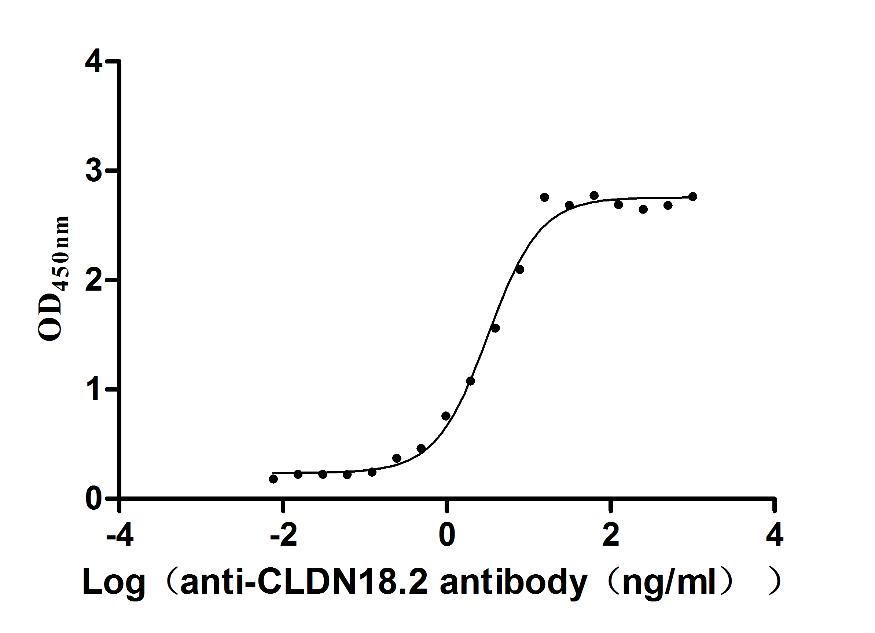
-AC1.jpg)
